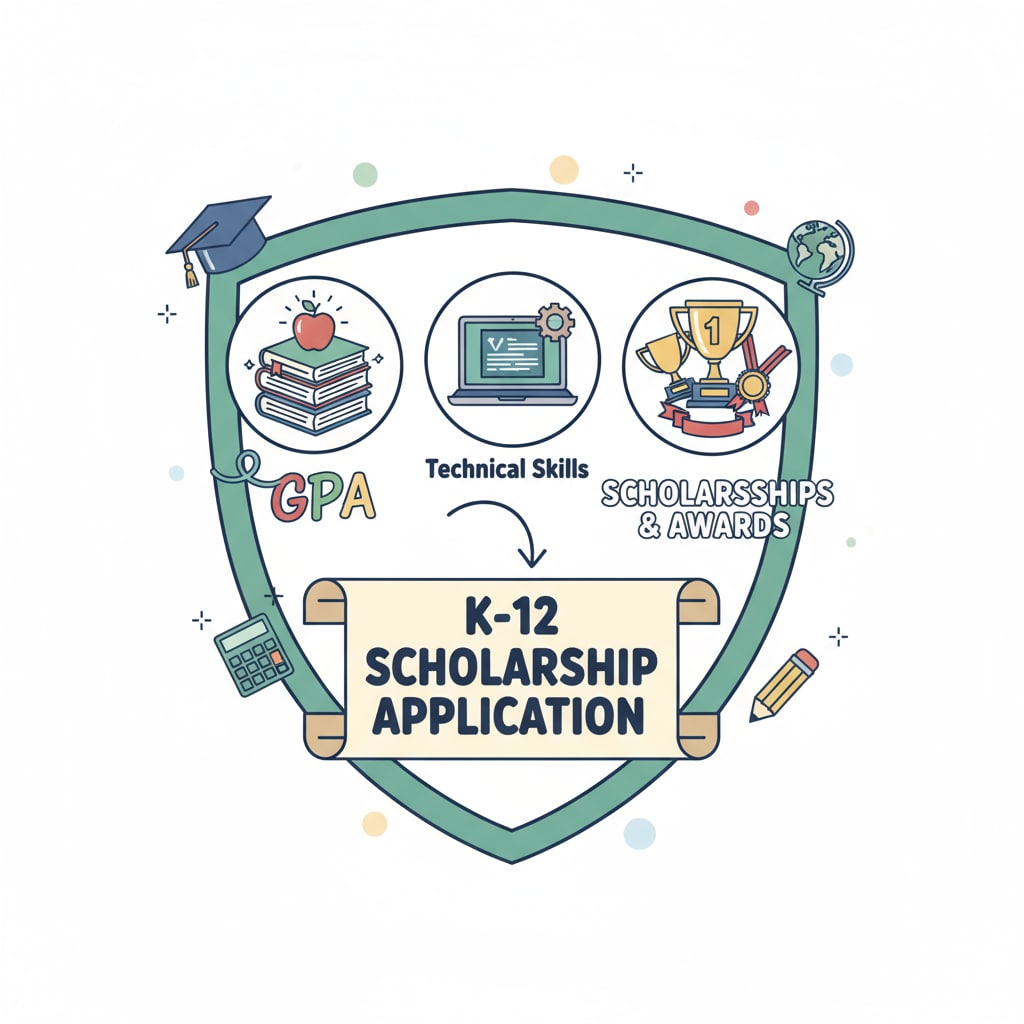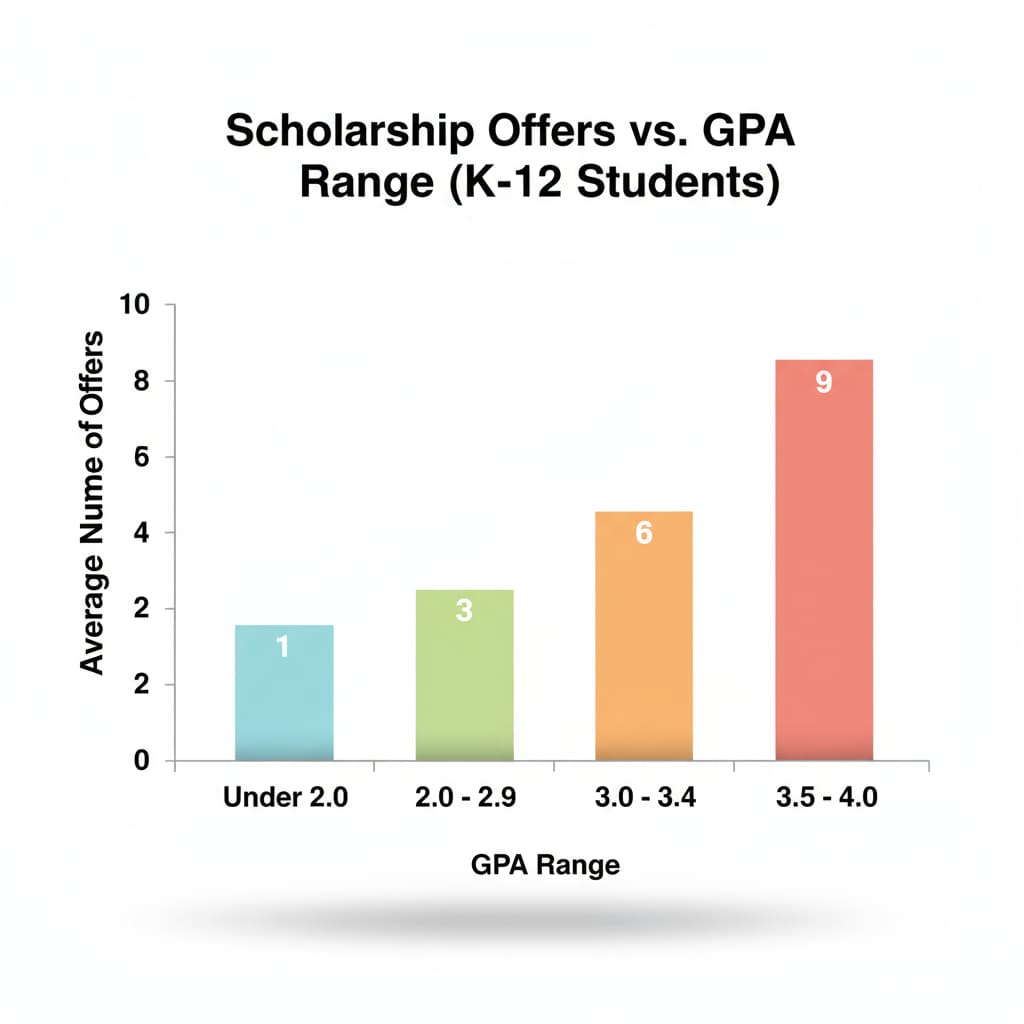In the highly competitive landscape of K12 scholarship applications, the interplay between GPA, scholarships, technical skills, and priorities is a complex yet crucial aspect for students to navigate. Understanding how these elements interact can significantly enhance a student’s chances of securing the much-needed financial support for their education. Let’s first take a look at a visual representation of the various factors involved.

The Weight of GPA in Scholarship Applications
GPA, or Grade Point Average, is often considered a fundamental metric in scholarship evaluations. It serves as a quantifiable measure of a student’s academic performance over a period of time. Most scholarship committees view a high GPA as an indicator of a student’s dedication, discipline, and intellectual ability. For example, many merit-based scholarships require a minimum GPA threshold, often around 3.5 or higher. A study by EducationData.org shows that students with higher GPAs are more likely to be shortlisted for a wide range of scholarships. However, it’s important to note that GPA alone doesn’t guarantee a scholarship.

The Rise of Technical Skills in the Scholarship Arena
In today’s technology-driven world, technical skills have emerged as a key differentiator in K12 scholarship applications. Skills such as coding, digital literacy, and proficiency in various software applications are highly valued. Scholarship providers recognize the importance of preparing students for the future workforce, and thus, students with strong technical skills stand out. For instance, some scholarships are specifically designed for students interested in STEM fields and require evidence of technical prowess. As per Britannica, STEM education is gaining more prominence, and technical skills are an integral part of it.
These skills not only demonstrate a student’s adaptability but also their potential to contribute meaningfully in an increasingly digital world. In addition, they can open doors to specialized scholarships that might not be accessible based on academic performance alone.
Readability guidance: As we’ve seen, both GPA and technical skills play significant roles in K12 scholarship applications. The key now is to find the right balance between them.
Finding the Golden Section: Balancing GPA and Technical Skills
Instead of choosing between GPA and technical skills, students should strive to develop a well-rounded profile. This means maintaining a good GPA while also investing time in acquiring and honing technical skills. For example, a student can participate in after-school coding clubs or online courses during holidays to boost their technical knowledge without sacrificing their academic performance. By doing so, they increase their chances of appealing to a wider range of scholarship committees.
Another strategy is to align your technical skills with your academic interests. If you’re interested in biology, learning bioinformatics tools can enhance your profile. This way, you’re not only building relevant skills but also showing a clear passion and direction in your studies.
Readability guidance: In conclusion, when it comes to K12 scholarship applications, the priorities of GPA, scholarships, and technical skills need to be carefully considered.
The journey to securing a scholarship in the K12 phase requires a strategic approach. By understanding the importance of GPA and technical skills and finding the right balance between them, students can set themselves on the path to academic success and secure the financial support they need. Remember, it’s not just about having a high GPA or great technical skills; it’s about presenting a holistic and compelling application that showcases your potential.


